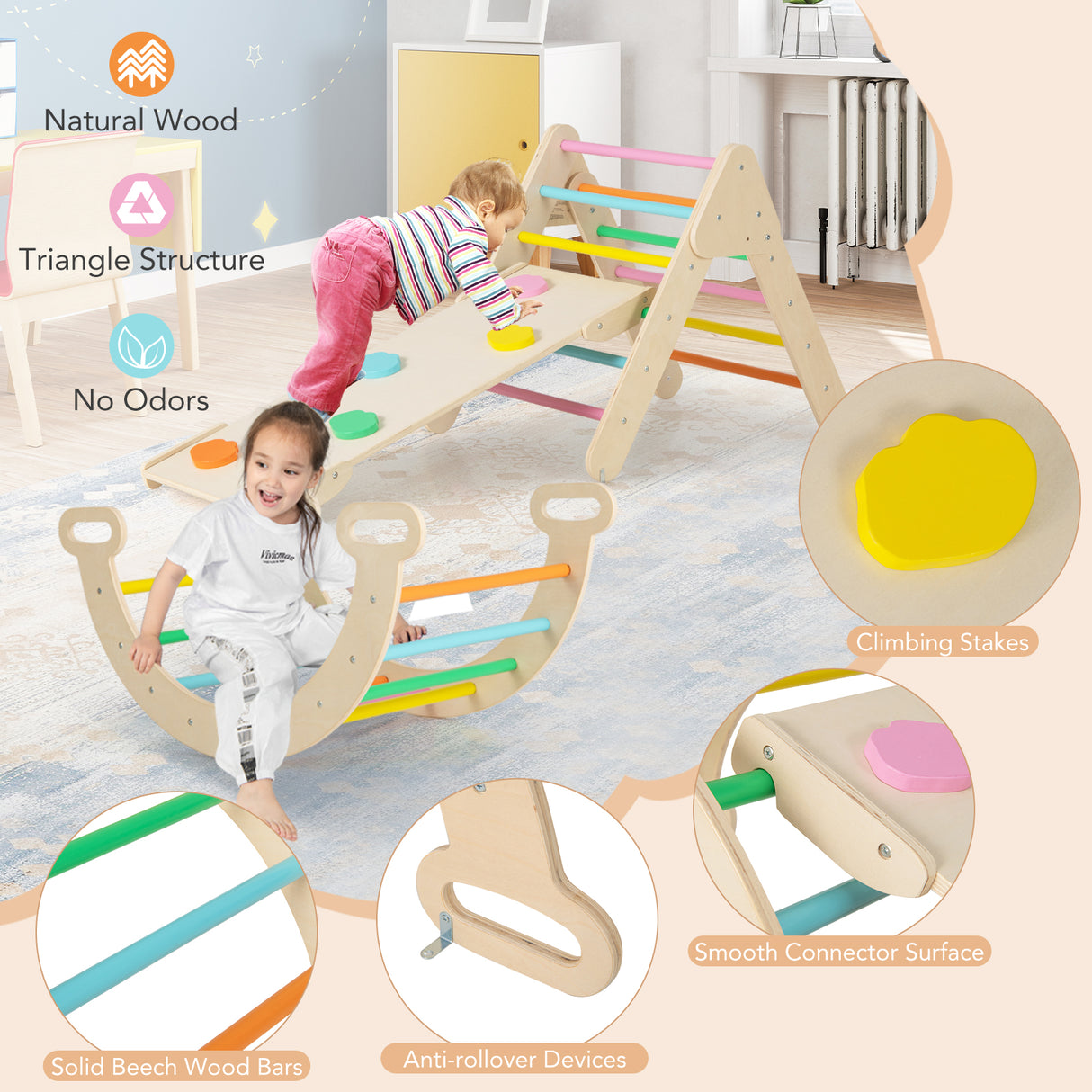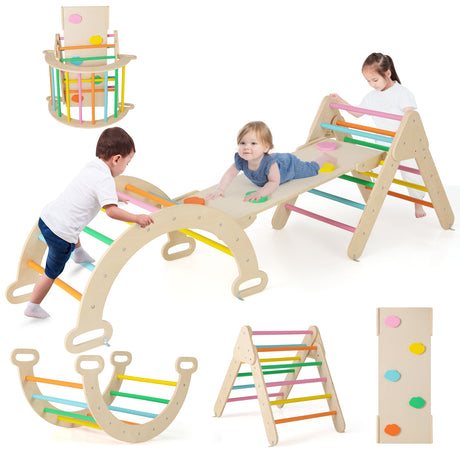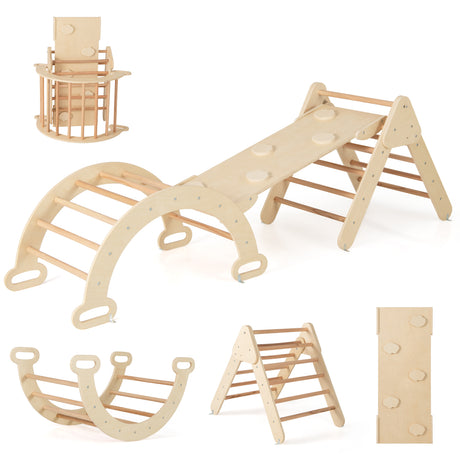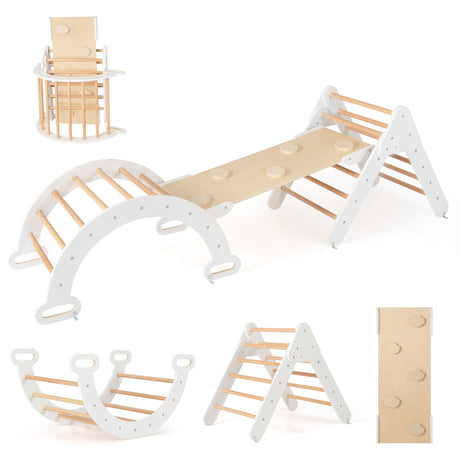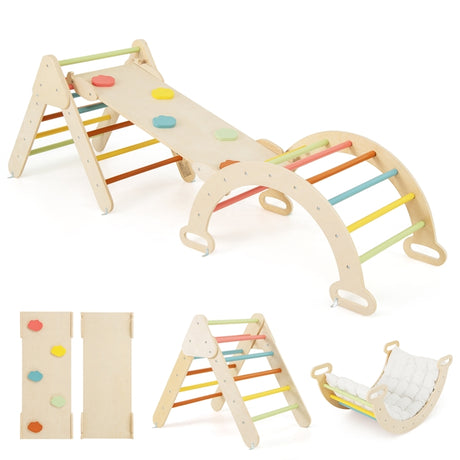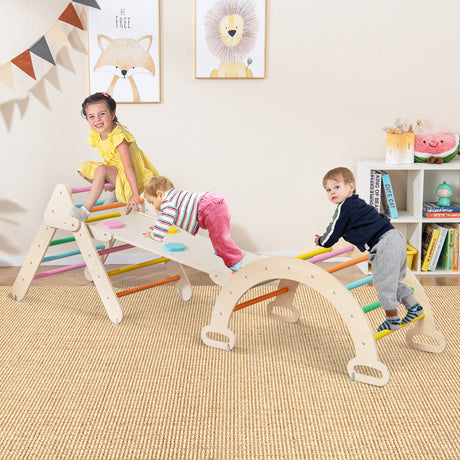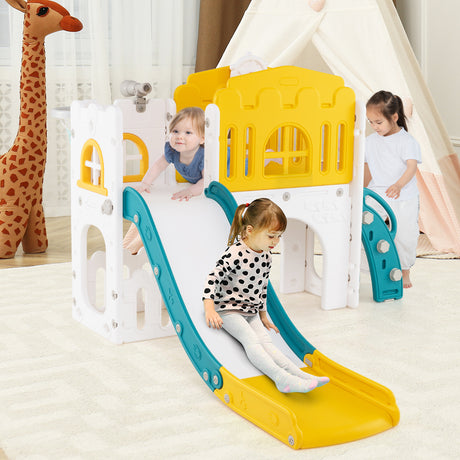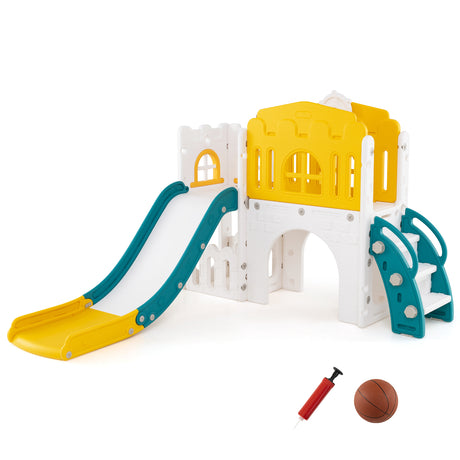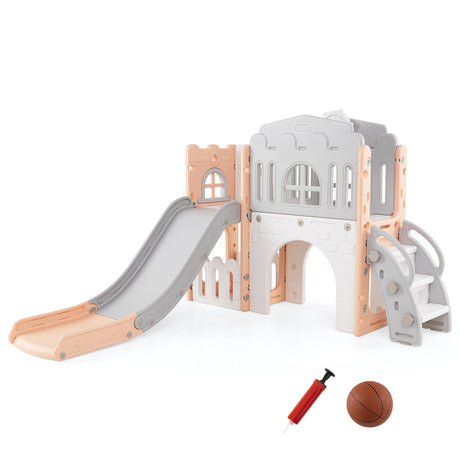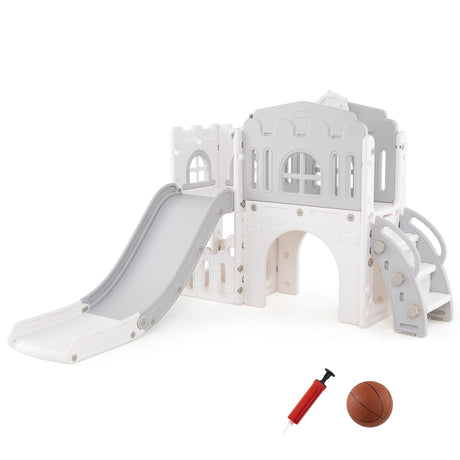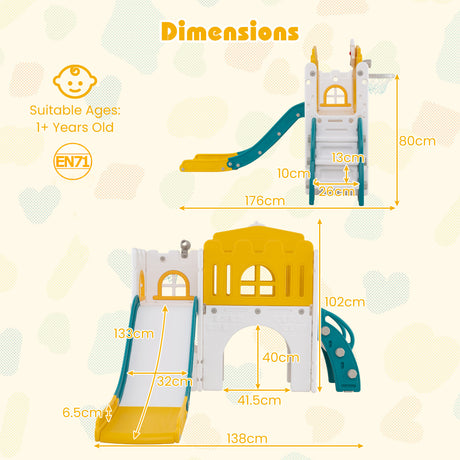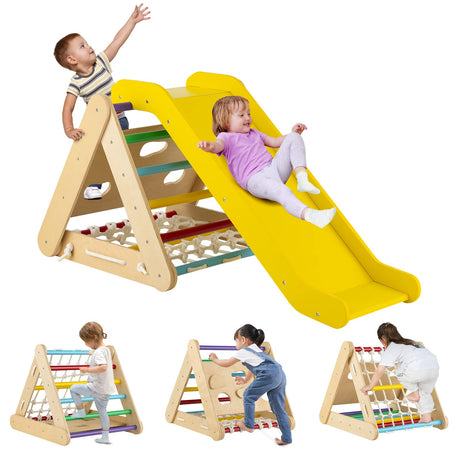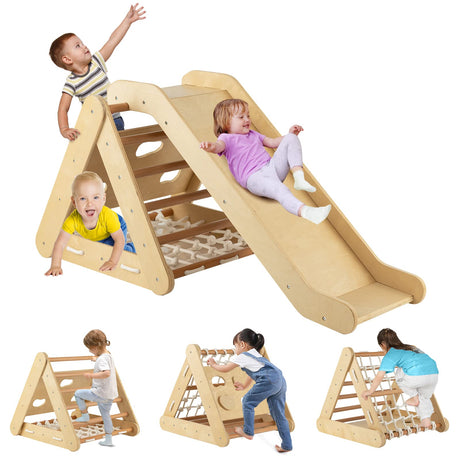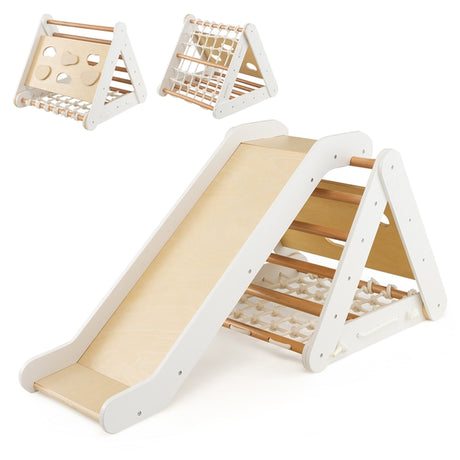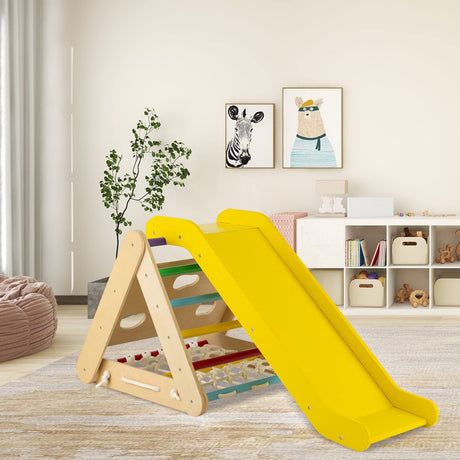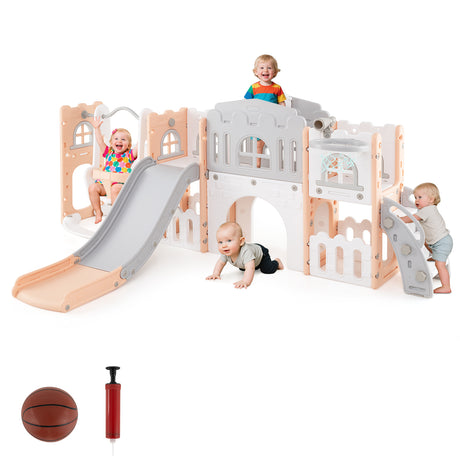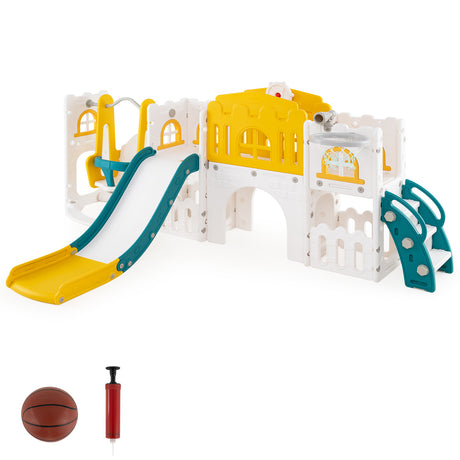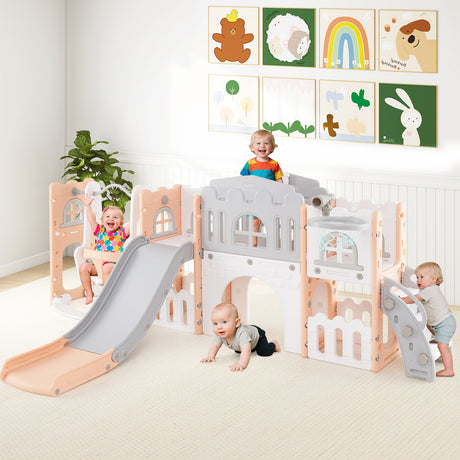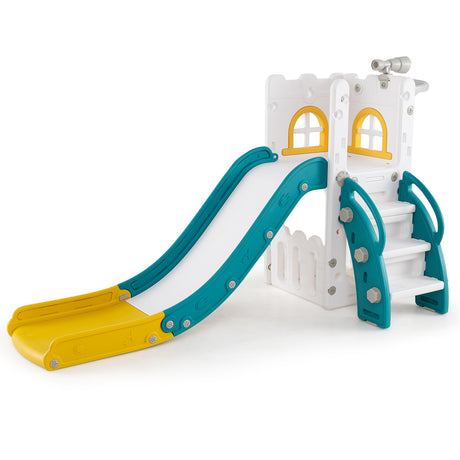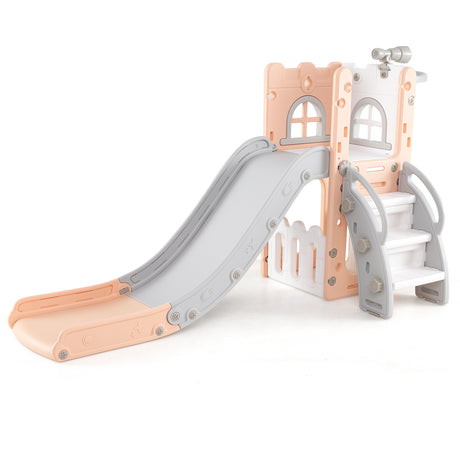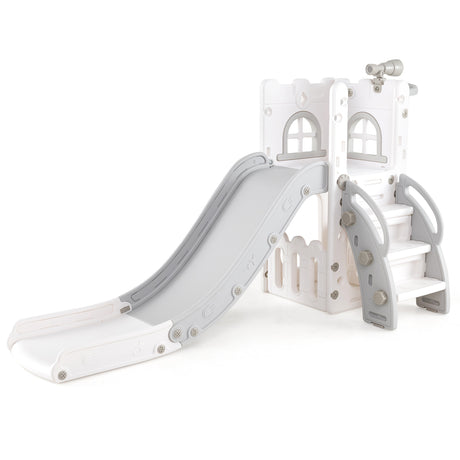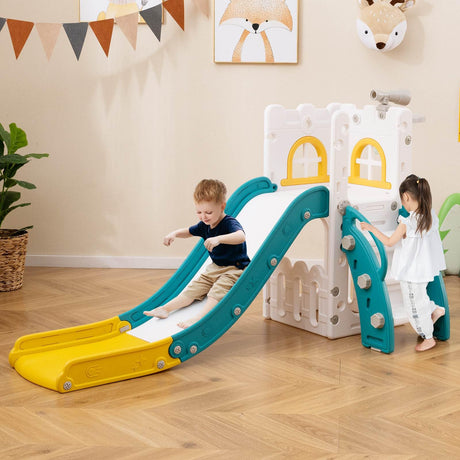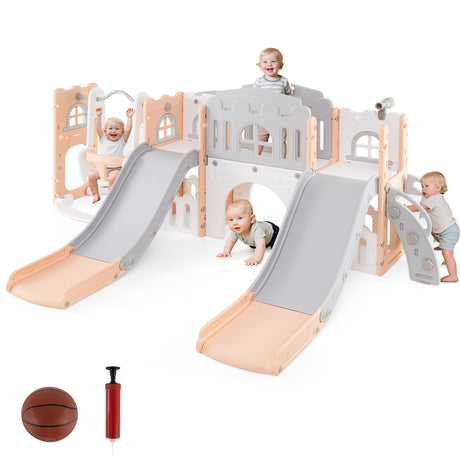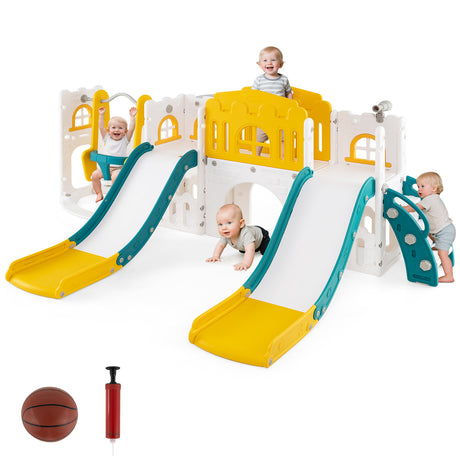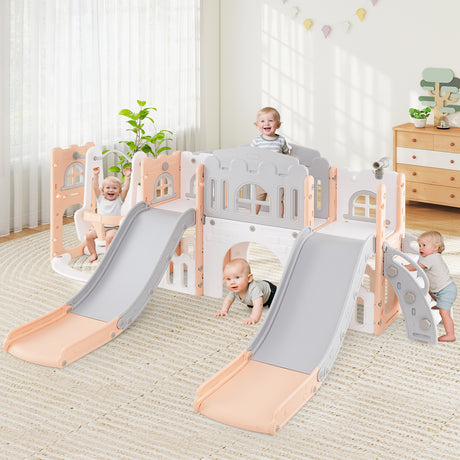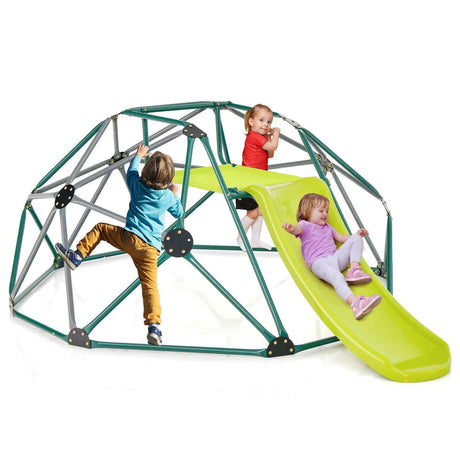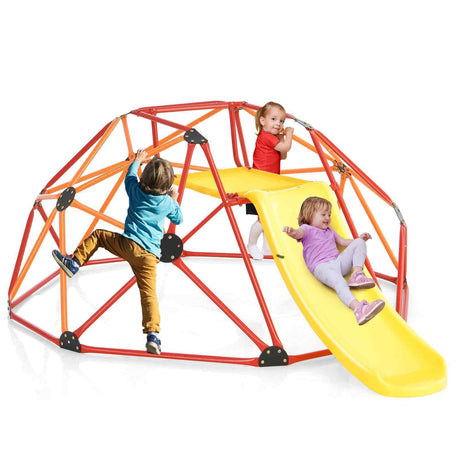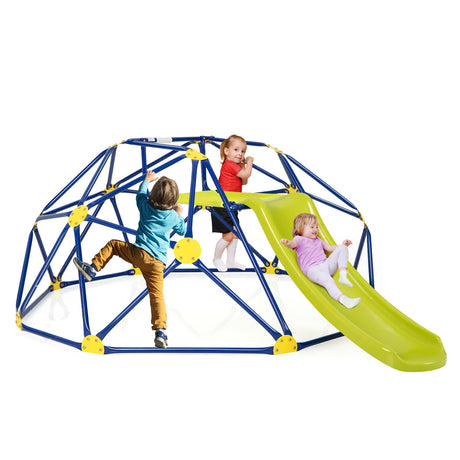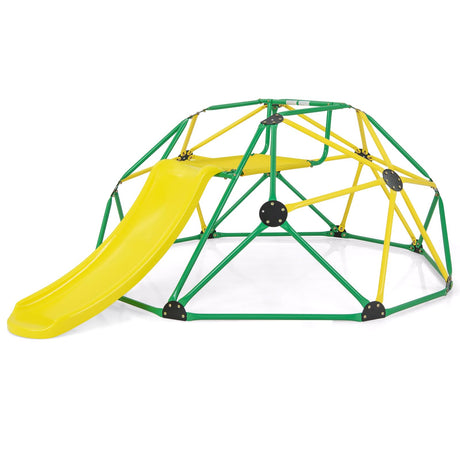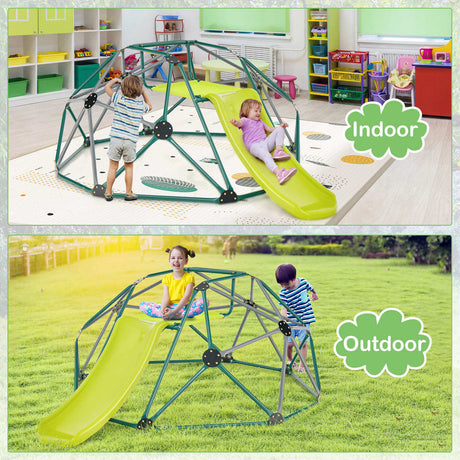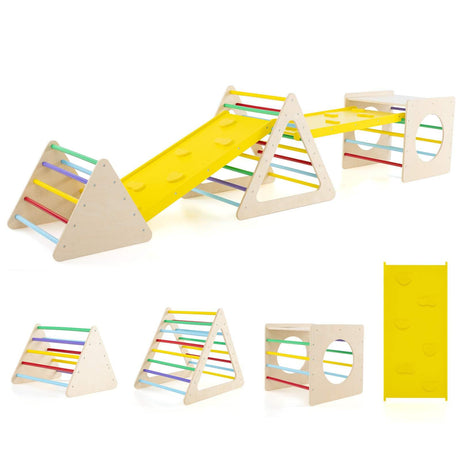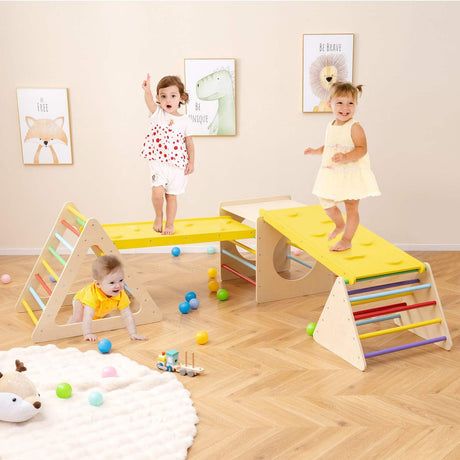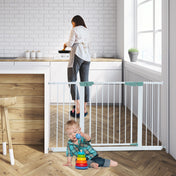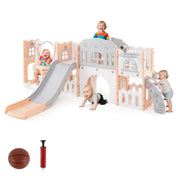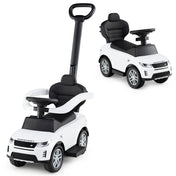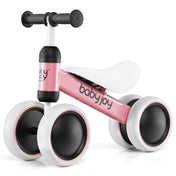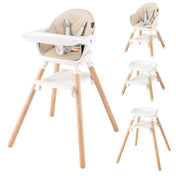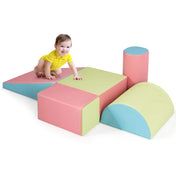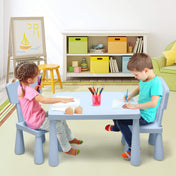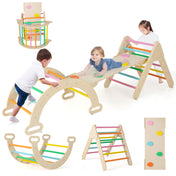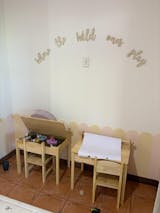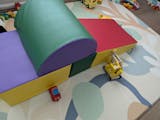Inside this Article:
- Understanding AS/NZS ISO 8124: The Australian Safety Standard for Climbing Frames
- Critical Safety Features in a Kids Climbing Frame
- Secure Assembly & Smart Placement: What Parents Need to Know
- Expert Advice from Child Safety Consultants
- Choosing the Right Climbing Frame for Your Child’s Age
- Final Thoughts
Climbing Frame Safety: What Aussie Parents Should Look For
Kid climbing frames and outdoor play are popular across Australia. More parents are looking to provide engaging kids play equipment that supports development while keeping kids' safety. When choosing a climbing set, the key is to understand safety standards and design essentials.
In this guide, we break down the most important factors Australian parents should know when selecting a climbing frame. from national safety standards to expert-approved design features.
Understanding AS/NZS ISO 8124: The Australian Safety Standard for Climbing Frames
When it comes to childrens outdoor climbing frames, Australia follows the AS/NZS ISO 8124 series. It outlines the safety requirements for play equipment intended for children under 14.
Key highlights of AS/NZS ISO 8124 include:
Structural integrity:
The frame should be strong enough to withstand dynamic loads without collapsing or tipping.
Fall height and impact attenuation:
Specifies how high a child can safely climb and how soft the surface beneath must be.
Entrapment hazards:
Prevents gaps where a child’s head or limbs could get stuck.
Material safety:
Prohibits toxic finishes or components.
Before buying a kids climbing frame outdoor, especially online, ensure it complies with these safety standards or clearly states “AS/NZS ISO 8124 compliant.”
Critical Safety Features in a Kids Climbing Frame
Australian parents should pay close attention to the following design elements when evaluating childrens climbing sets or toddler climbing equipment:
1. Rounded Edges & Smooth Surfaces
Whether it's a wooden climbing set or a plastic outdoor playground equipment, all surfaces should be smooth to the touch. Sharp corners or rough edges are dangerous for kids. Rounded corners reduce the chance of cuts or bruises during energetic childrens outdoor play.
2. Safe Spacing Between Rungs & Rails
Openings between steps, guardrails, or climbing walls must be neither too small (risk of head entrapment) nor too wide (risk of slipping through). Look for products with age-appropriate spacing especially in infant climbing frames or toddler outdoor play equipment.
3. Sturdy Materials for Outdoor Use
- FSC-certified timber is ideal for kids wooden climbing frames—it’s eco-friendly, durable, and naturally beautiful.
- UV-stabilised plastic in plastic outdoor play equipment resists fading and cracking under Australian sun exposure.
- Reinforced connectors and rust-resistant hardware ensure long-term stability, particularly in climbing frames Australia used year-round outdoors.
4. Fall Zones and Impact-Absorbing Surfaces
To minimise injury risk, childrens outdoor play equipment must be installed with a proper fall zone—typically 1.5–2m around the frame. Use rubber mats, bark mulch, or natural grass to provide cushioning beneath the climbing frame.
Secure Assembly & Smart Placement: What Parents Need to Know
Assembly plays a critical role in ensuring the child's climbing experience is safe and stress-free. Here are expert-backed tips:
- Follow instructions precisely, using all recommended hardware.
- Conduct regular safety checks for loose bolts, cracks, or rust.
- Anchor the frame if it’s lightweight or on uneven ground. It is especially crucial for plastic playgrounds or toddler outdoor play equipment Australia.
- Place the kids climbing frame in a shaded, flat area away from fences, garden beds, or hard surfaces like concrete.
Expert Advice from Child Safety Consultants
We asked local child safety experts and early childhood educators about what they look for in a safe childrens climbing frame with slide or climbing set:
- “Balance and grip points matter most for toddlers. I always recommend frames that offer multiple handholds and stable platforms.”
- “Avoid overly complex structures for under-5s. Simplicity equals safety for infants exploring movement for the first time.”
- “Regardless of material—plastic or wood—always go for play equipment from reputable brands that test for compliance and use non-toxic finishes.”
Choosing the Right Climbing Frame for Your Child’s Age
Different ages require different climbing setups:
Under 2 years:
- Look for infant climbing frames or small plastic playgrounds with wide, stable bases and soft landings.
2–5 years:
- Age-specific toddler climbing equipment should encourage balance, crawling, and safe low-height climbing.
5+ years:
- Older kids benefit from rock climbing playground equipment. Children's climbing equipment is more complex. And larger outside climbing frames challenge motor skills.
Final Thoughts
Choosing a kids climbing frame isn’t just about fun—it’s about creating a safe and enriching space for childrens outdoor play. Whether you're considering a minimalist wooden climbing set or a colourful plastic outdoor play equipment, prioritising safety according to Australian standards is key.
With the right information and thoughtful selection, your backyard can become a safe haven for imaginative play, exploration, and growth.

